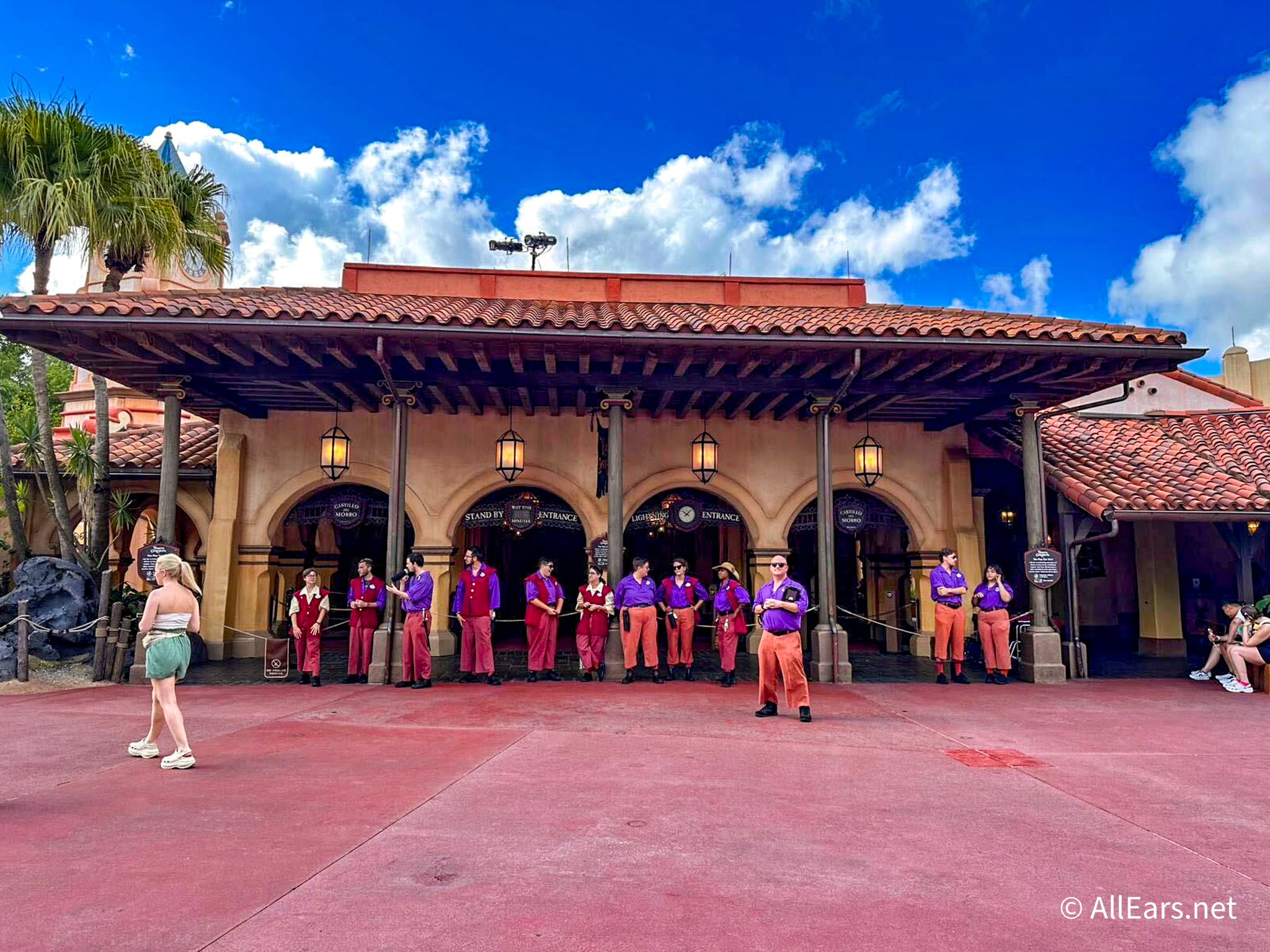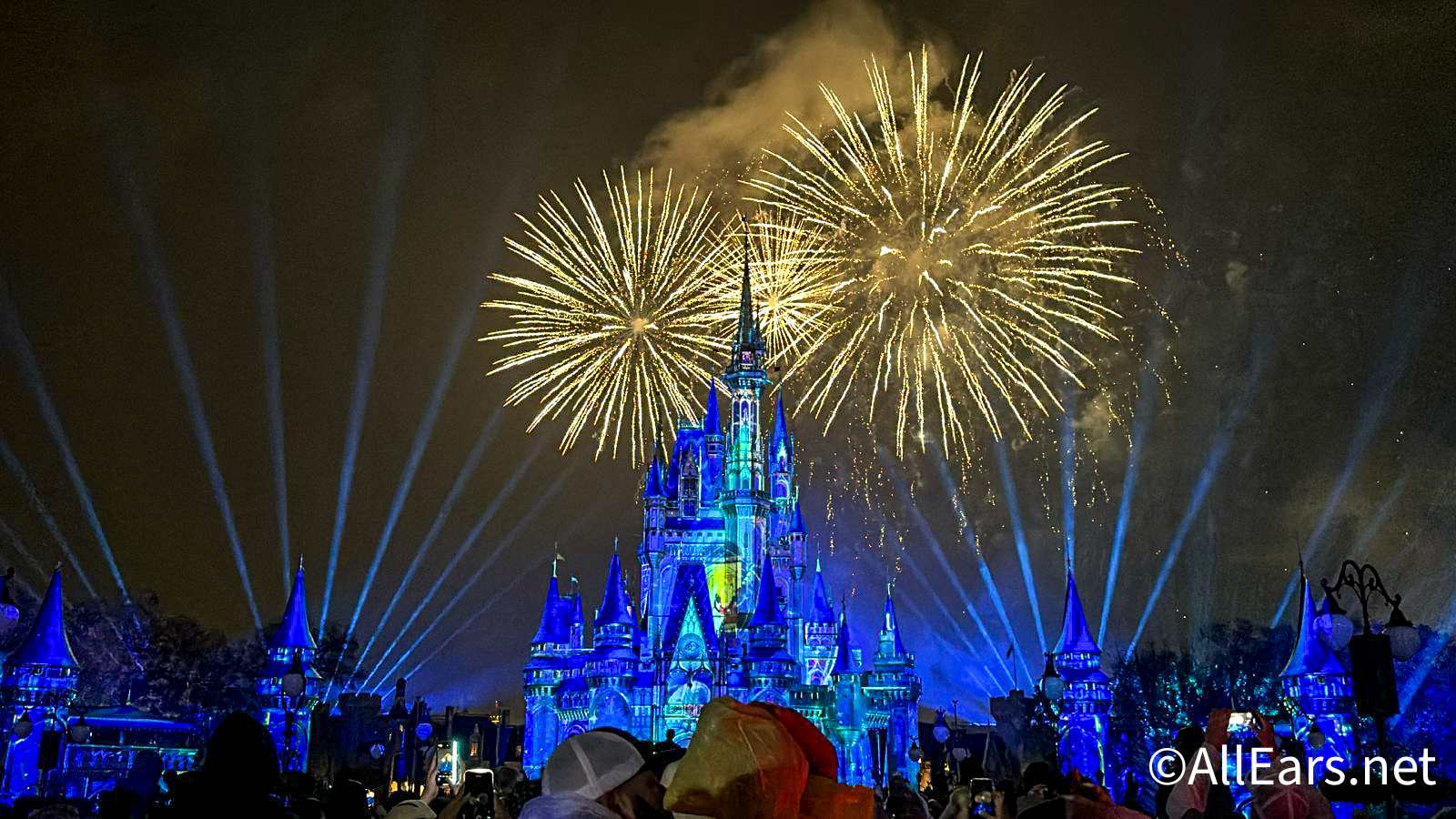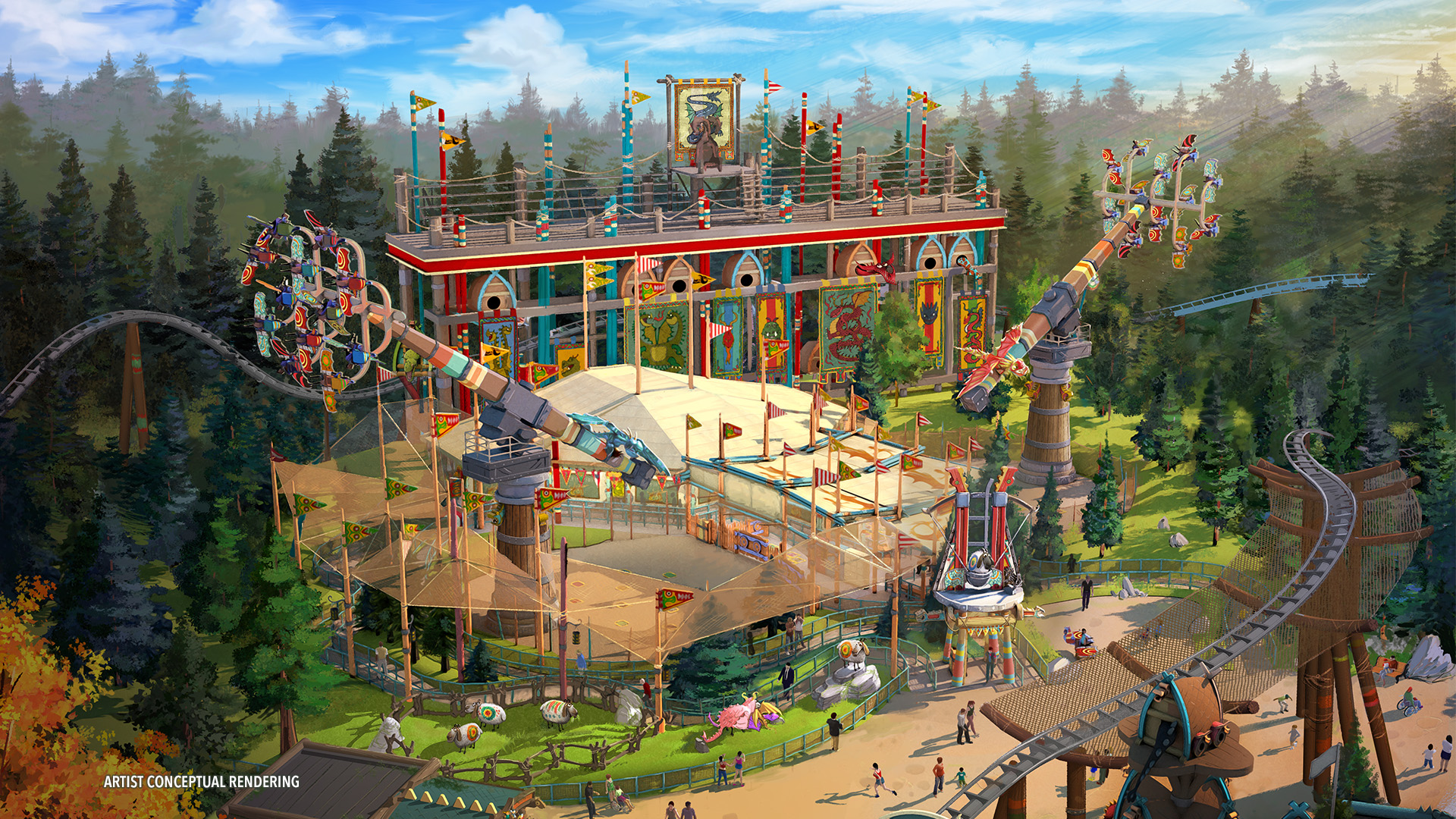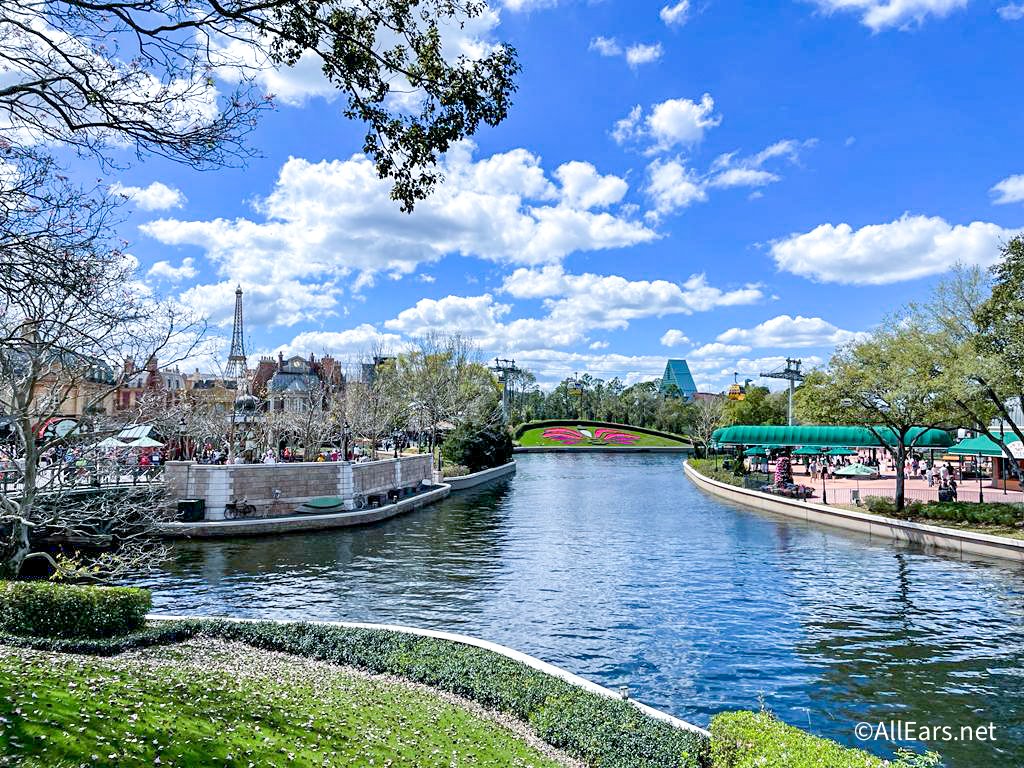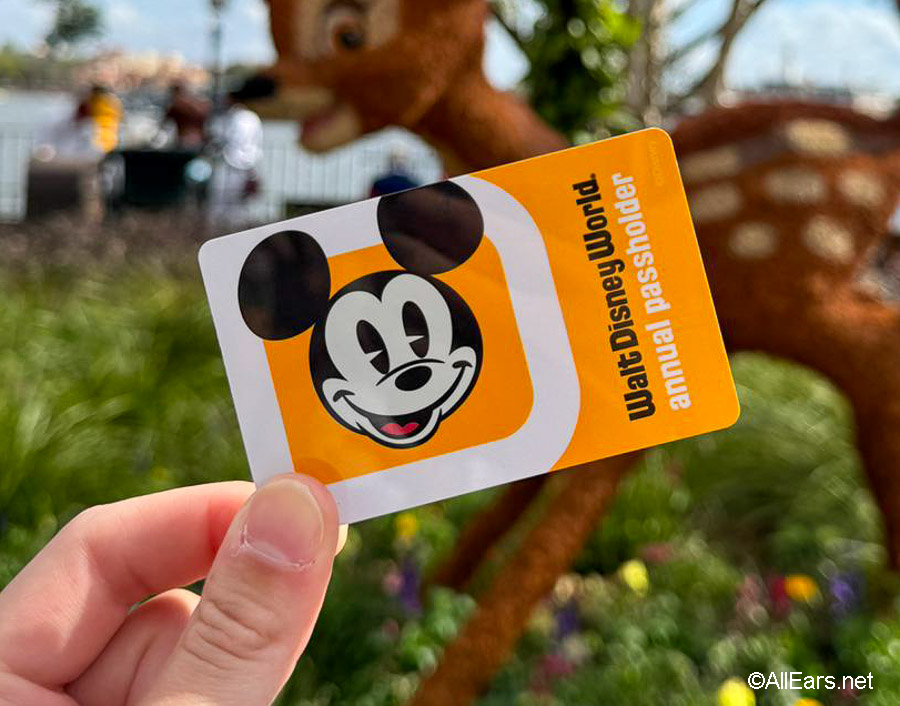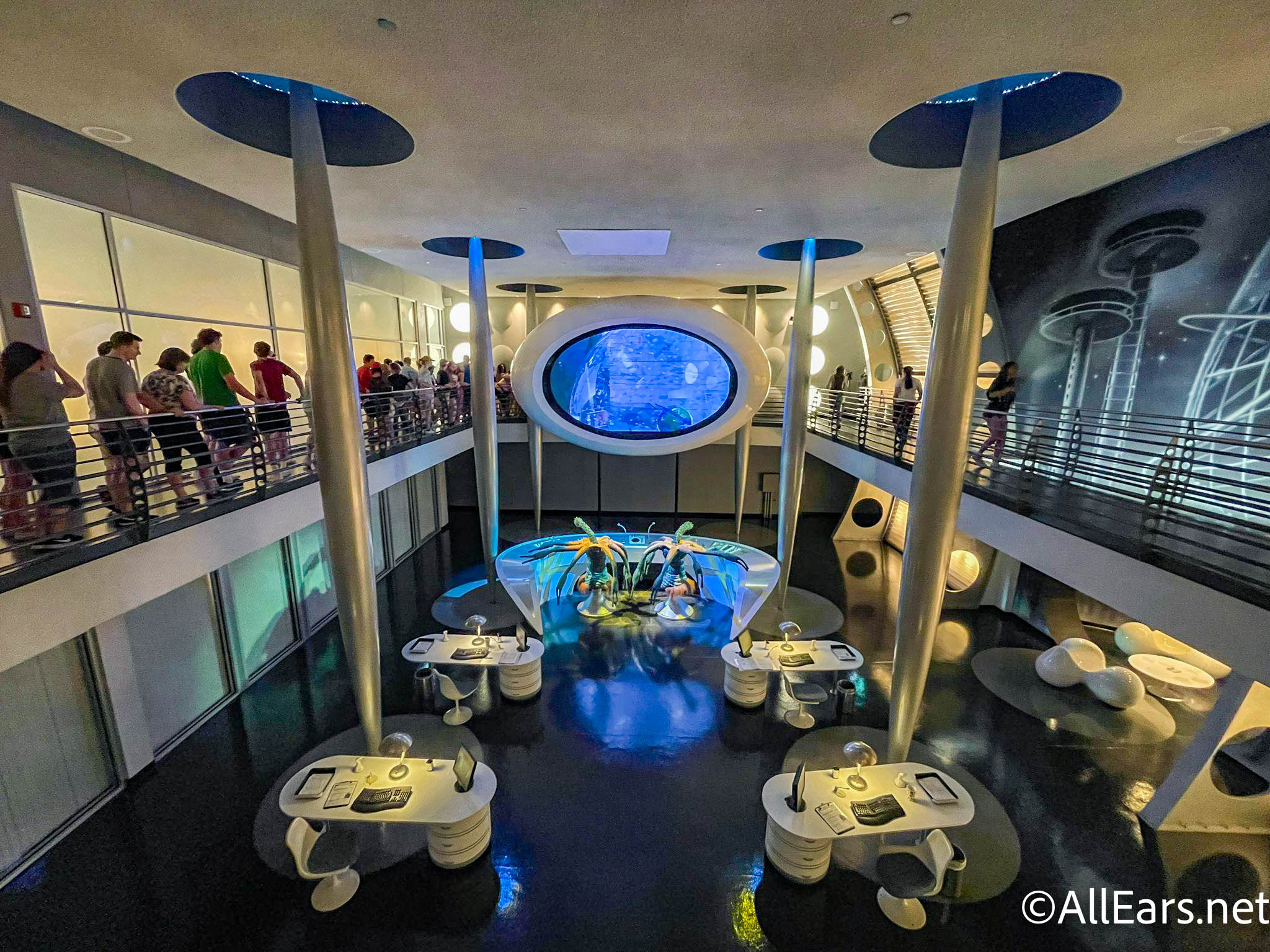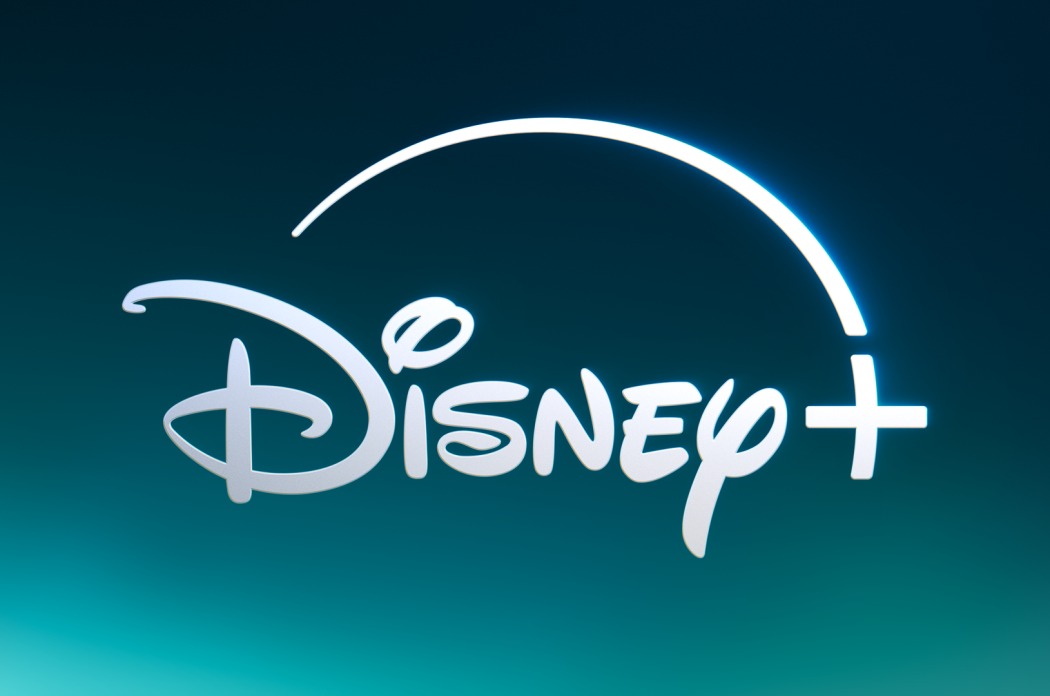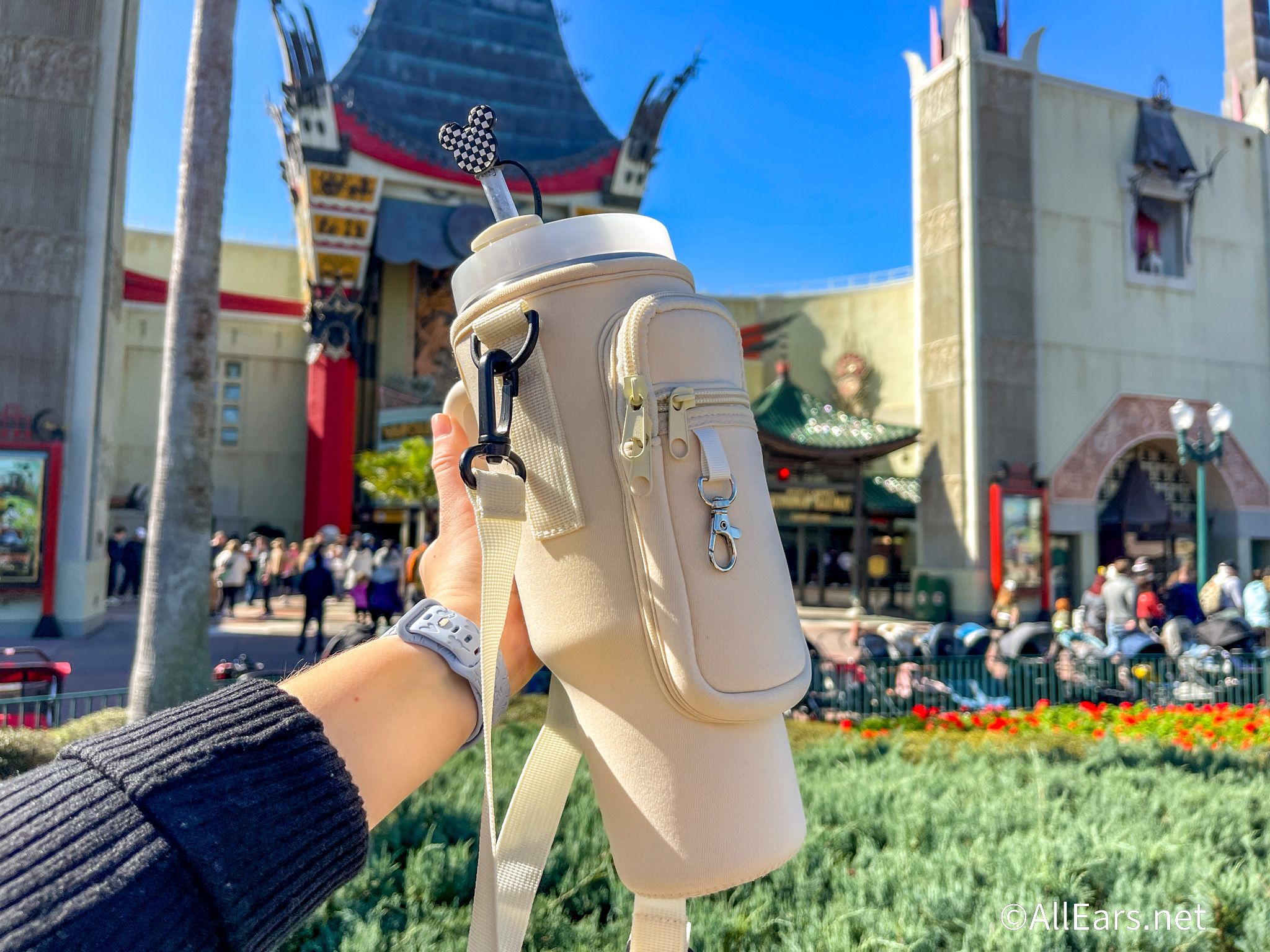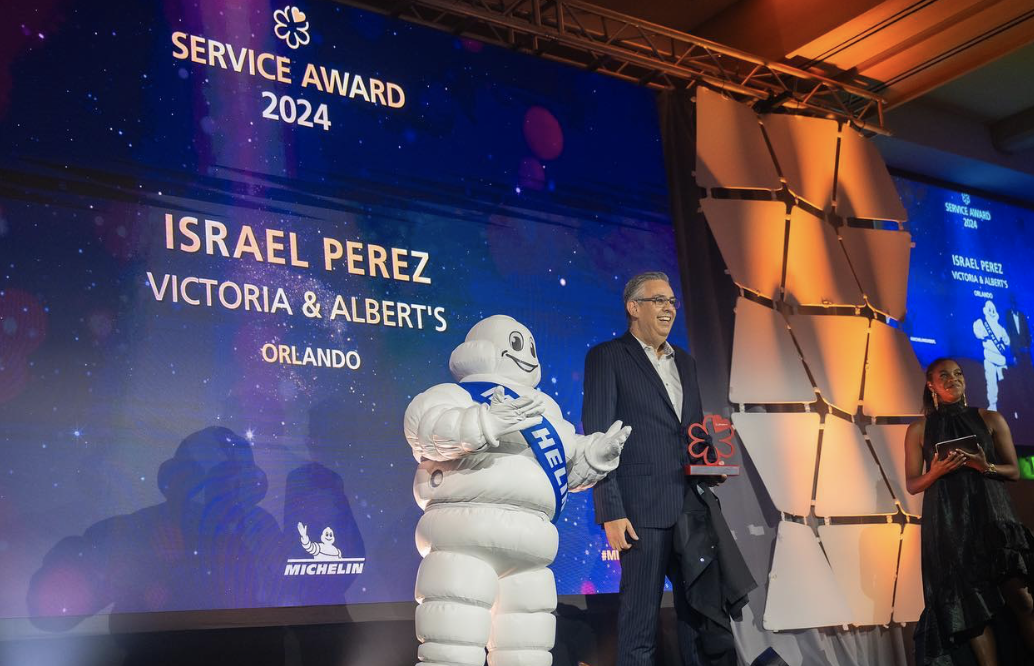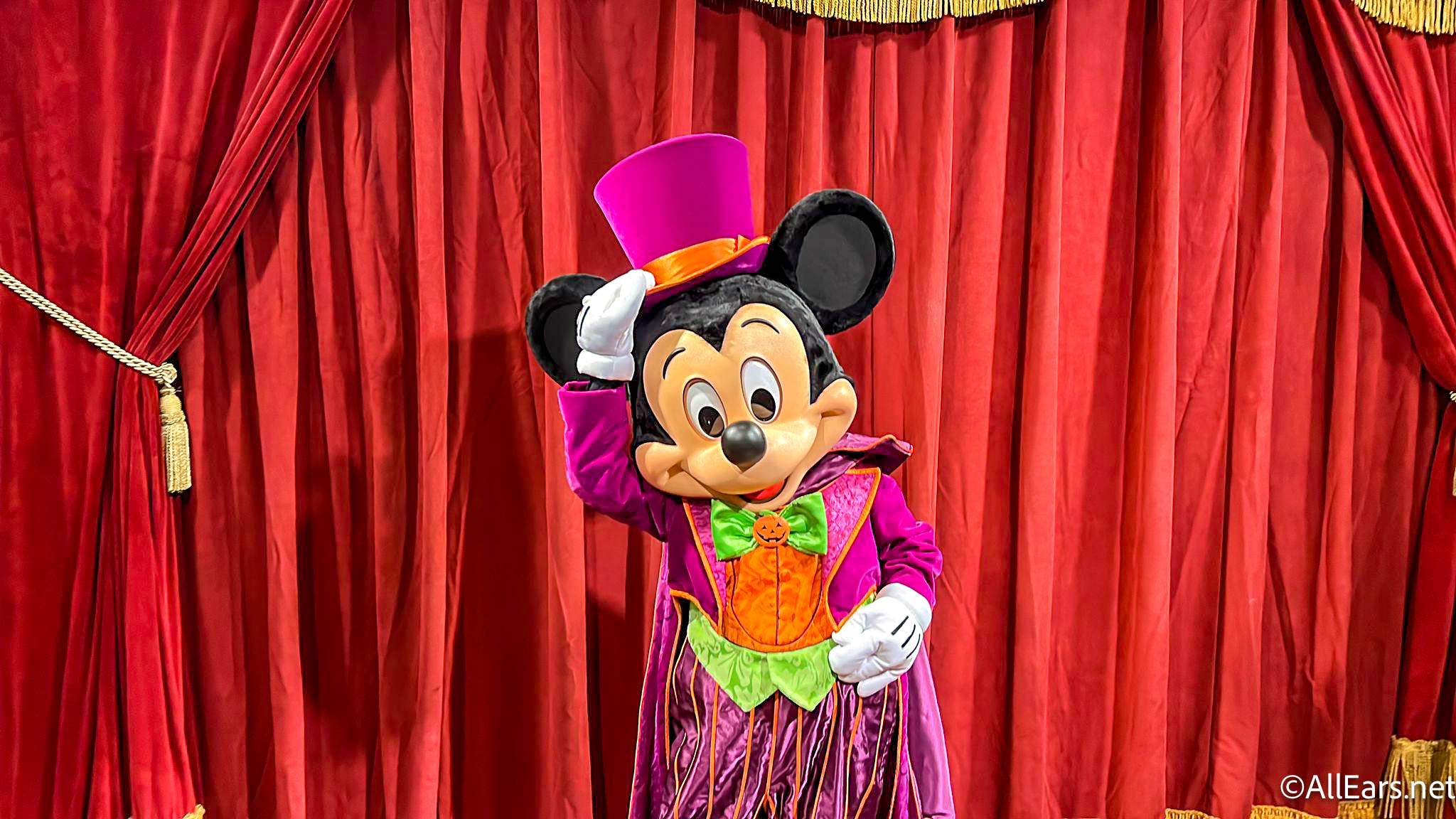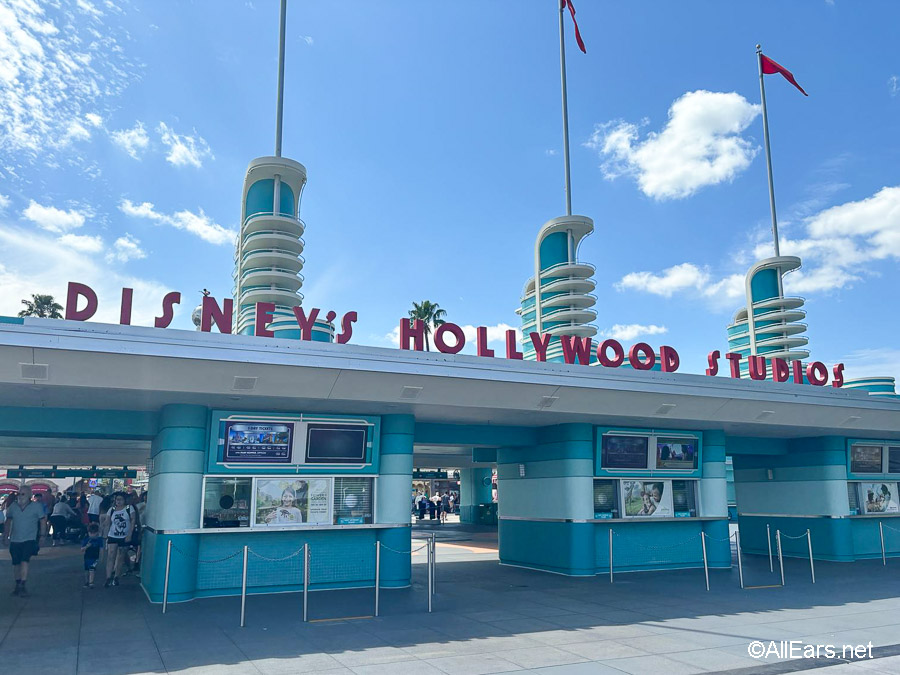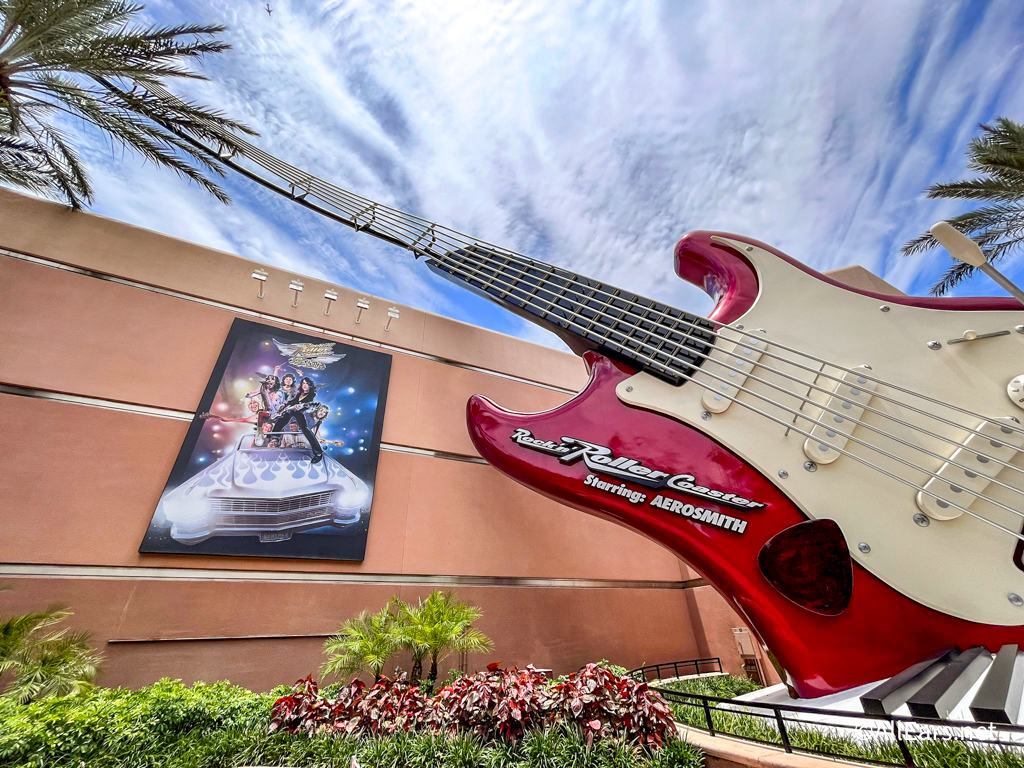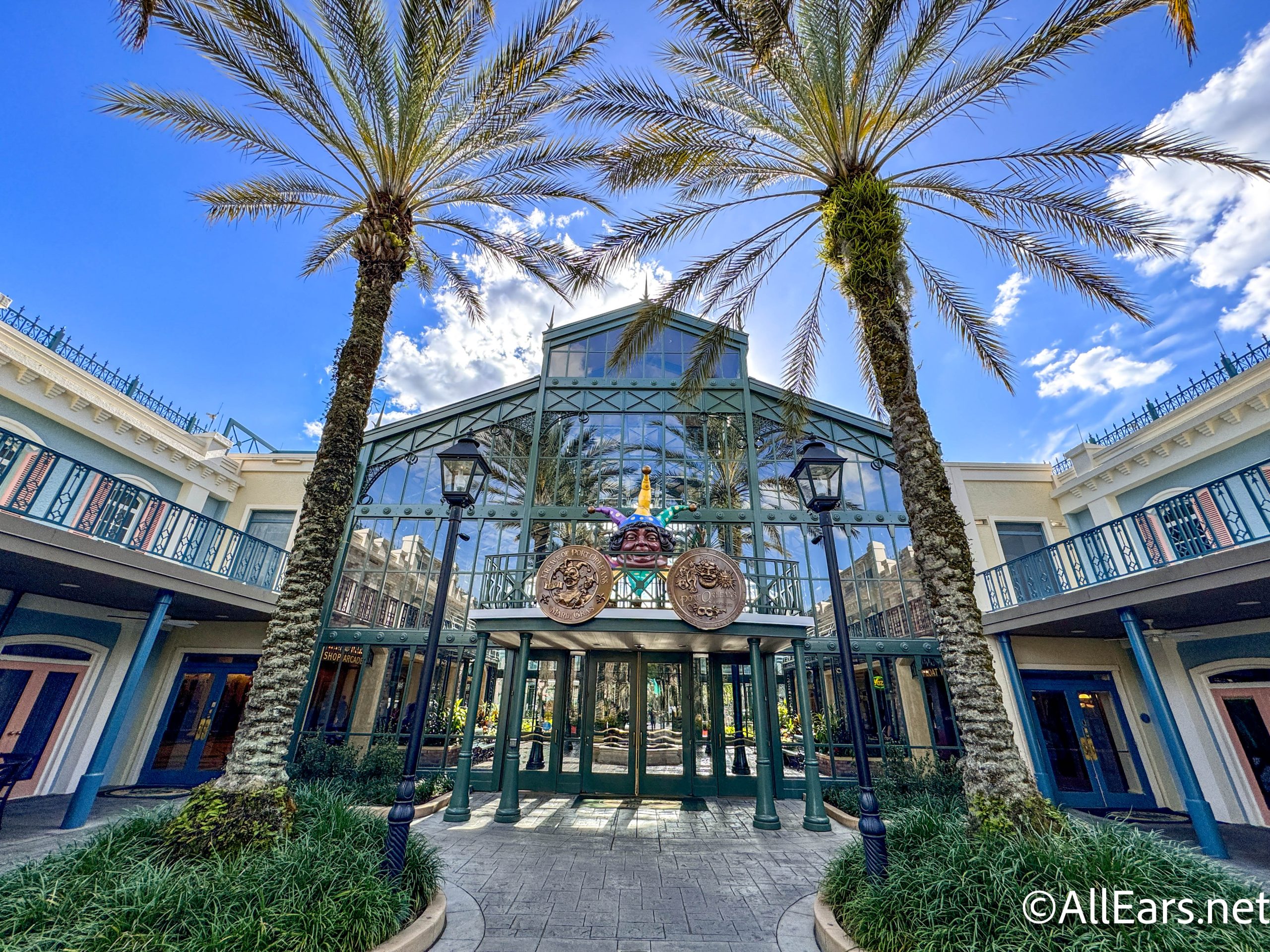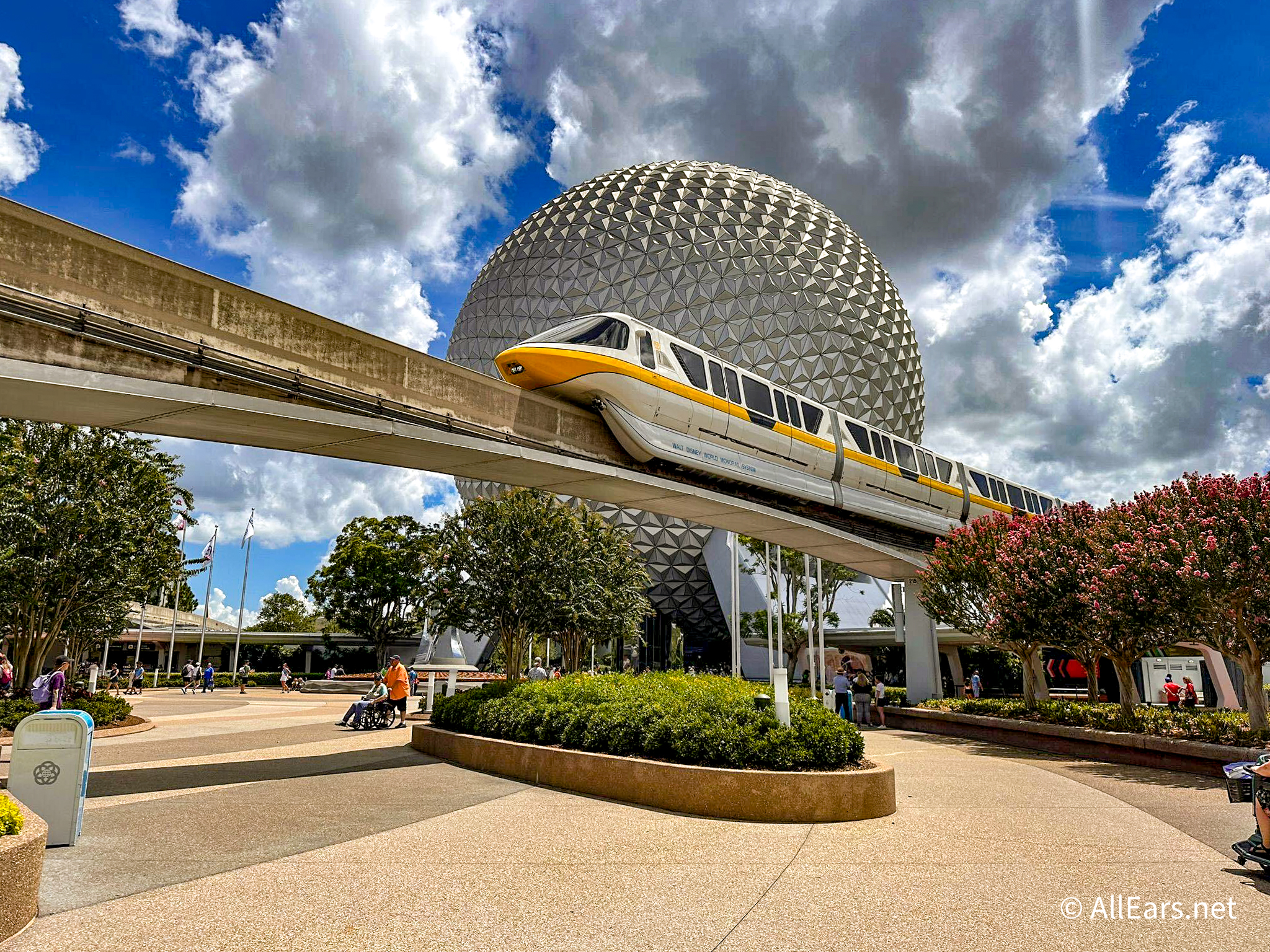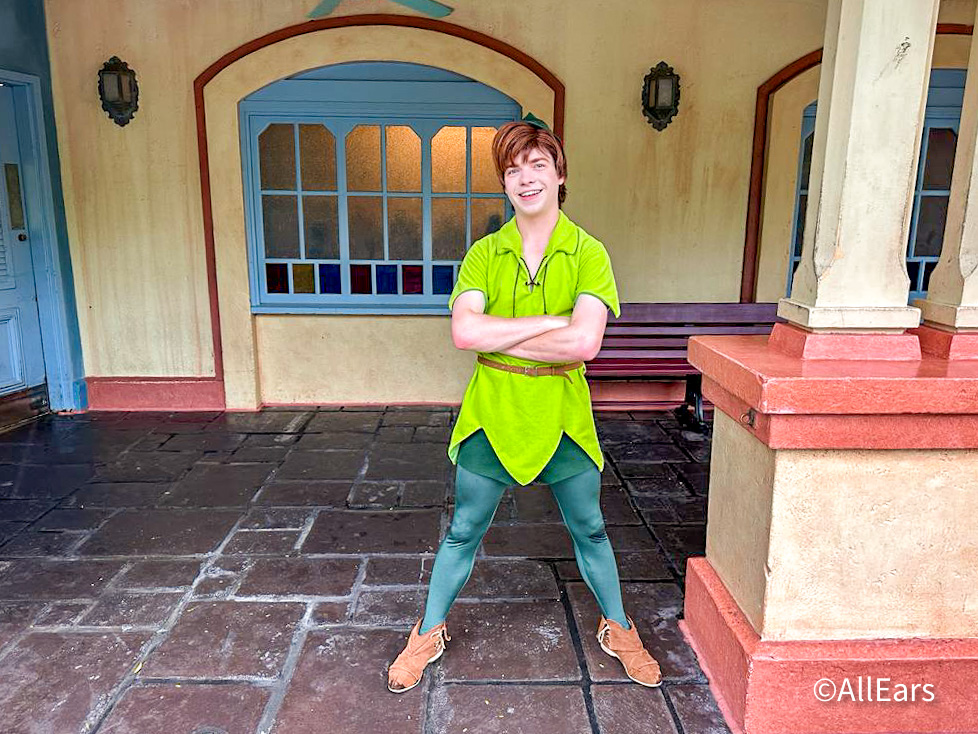Orlando: This One’s For You!
by Mike Scopa, AllEars® Feature Writer
Feature Article
This article appeared in the July 8, 2008 Issue #459 of ALL EARS® (ISSN: 1533-0753)
If you have ever visited the attraction "One Man's Dream" at Disney's Hollywood Studios at the Walt Disney World Resort, you may have noticed the portion of the attraction with Walt talking about his "Florida Project" and his dream for Epcot. That attraction may have given you the impression that Florida was Walt's primary destination for his next realization of a Disneyland theme park.
However, that's not the case.
In fact, Orlando — Central Florida — was one of more than a dozen potential sites for Disneyland V2.0. Amidst all the market research and hours upon hours of discussions and countless number of trips to potential sites, it was an insult that led to the decision to build Walt Disney World where it resides today.
Let's see where this all started. We go back to 1959 when Walt decided to conduct some market research with his Disneyland guests. His research disclosed some data that hit him pretty hard. He found out that of all those who visited Disneyland, only 2 percent lived east of the Mississippi River. That concerned Walt. He needed more information and after more digging he learned that 75 percent of the US population lived east of the Mississippi River.
How could Walt ever expect to see these people come all the way to California to see his park? For many people, traveling all the way to California to visit Disneyland was simply out of their reach. The distance and expense involved, not to mention the time commitment, was something that many families could just not handle. All these concerns convinced Walt he had to look to the east to expand his Disney Magic and offer his theme park entertainment to those who were unable to make the long journey west.
There was another motivating piece in all this that nudged Walt to expand and that was Disneyland itself. Disneyland was but 200 acres, not enough to hold all of Walt's ideas and plans. On top of that — and literally on top of Disneyland — were those businesses such as motels, tourist shops, and fast-food restaurants surrounding Disneyland. Not only were these establishments taking away some of the ambience of the Disney theme park environment, they were also having a huge impact on the park's business.
It was ironic that we would find a 20th century pioneer, innovator, and teacher now finding himself becoming the student and learning fast how to avoid the same mistake in his future plans. I would guess this learning curve brought the term "buffer zone" to the front of Walt's mind.
Walt put a team together. He told them it was time to expand and open up business east of the Mississippi. He told his research team that he wanted them to find places that offered both space and accessibility. There would not be a repeat of what had happened to Disneyland. He wanted space… lots of space. He wanted accessibility for those who could not travel all the way to California.
So his team went out and started looking. They did this discreetly. They visited many areas east of the Mississippi River and came up with 13 prime candidates for "Disneyland East." One by one each locale was scrutinized, with special focus being put on the obvious space requirements, accessibility, and of course the flexibility of local and state governments to work with the Disney Company.
Soon the list began to shrink and Walt wanted to focus on a selected few sites, make some visits, identify the strong points for each location, talk to officials and business leaders, and make the final decision. Walt was a perfectionist and before finalizing any deal he wanted everything to be just right.
The meetings continued and soon it became apparent that there were two prime sites for Walt and his team to seriously consider. They focused on each one. This focus required many discussions with local and state government officials to discuss possible variances that would be desired if the Disney Company was to pursue this project. There were also meetings with investors and local business leaders. Walt wanted to cover all areas and be 100 percent sure of any decision.
We all know that from the beginning Walt wanted to build Epcot, but keep in mind that his investors insisted that he agree to first build a Magic Kingdom, similar to Disneyland, before breaking ground for Epcot. They would then be willing to offer funding.
Disneyland's success was a sure bet to repeat itself anywhere. Walt decided to plant a similar theme park and that was basically the only sure thing his investors could count on. So Walt agreed that wherever his next project would land that he would first build a Magic Kingdom like Disneyland. Investors were in place; Walt's team knew what they wanted to build; now the only thing left was to find just the right location. With two prime candidates left Walt's team was able to spend a lot of quality time looking at the pros and cons for each location.
Walt and his team spent a considerable amount of time talking with officials from each location, making as many trips as necessary to insure all questions from each side would be answered. During one trip, Disney Company Vice President Donald Tatum was asked a simple question regarding a certain Disney Company policy. It involved selling liquor in the Magic Kingdom theme park, or I should say The Disney Company's decision to NOT sell liquor in the Magic Kingdom. Tatum maintained that the company would never allow liquor to be sold on the Disney premises. The Disney brand and image would be tarnished if they began selling alcohol to the public. Tatum and the other members of the team hoped they had made this clear to city and state officials and businessmen.
Apparently not, as one fateful night in 1963 the issue was raised again. Not only was it the wrong time to raise the issue, but the manner in which it was raised would prove to be somewhat fatal. Walt had made the trip with a dozen of his top executives including Vice-President for Construction Admiral Joe Fowler and another Disney VP, Card Walker. This was a big deal. Everything was oh-so-close. As a matter of fact, Disney officials had gotten to the point where all the financial arrangements had been set and were already composing a letter of commitment to be signed and delivered the next day.
It was an exciting time for Walt and his team.
Then there was that fateful night before all this would take place. On that night Walt and his team attended a huge dinner party. Attending this party were all the local and state government officials, local bankers and prominent businessmen from the area who too were excited about the impending partnership. You would have thought that with everything in place, with almost all the T's crossed and I's dotted that nothing would have prevented this project from becoming a done deal. If there was ever evidence as to the power of words, this night would surely be a showcase for such.
During the dinner the following remark was made: "Any man who thinks he can design an attraction that is going to be a success in this city and not serve beer or liquor ought to have his head examined."
Everyone at the party, most importantly, Walt himself, heard these words. To his credit, Walt did not offer a response. But Joe Fowler, Card Walker, and the rest of Walt's team saw Walt's right eyebrow rise a bit and they knew that Walt had taken offense to what was said. Furthermore, they knew that it was one thing to offend Walt, but to do it in public was ten times that sin. The remark had offended both Walt's sense of ethics and morality as well as his business acumen.
After the party, back in Walt's suite, he called in Card Walker and asked what was the earliest time in the morning they could leave. Walker did not understand. He reminded Walt that the next day was filled with meetings and announcements and legal papers to sign. As Walker explained all this Walt held up his hand to interrupt and said, "It's finished."
Walt had two more simple sentences. "We're not coming. Forget about it." Walt and his team would move on to the next location, Central Florida, which would become the future home of the World's most popular vacation destination.
Yup, an insult… that's what did it.
Oh, did I mention who said it and in what city this dinner took place?
The remark was made by August (Gussie) Busch, Jr. and the city was, as some of you may have guessed by now, St. Louis, Mo.
You see, all along, St. Louis had something going for it that other places did not; its proximity to Walt's beloved Marceline where he spent some of his boyhood years. Perhaps subconsciously he had always wanted to go back and bring his Disney Magic with him.
That's my theory. After all it's believed that Main Street USA was designed after Marceline so why not?
Hindsight is 20/20 and knowing what we know now, we would have thought Central Florida would have been the first choice simply because of the climate… but obviously it did not move to the top of the list until dinner was served that fateful night in 1963. So I wonder if the owner of that remark was drinking a bit too much that evening, which contributed to some poor judgment on his part.
It certainly did not make that "Bud wiser."
-=-=-=-=-=-=-=-=-=-=-=-=-=-=-
ABOUT THE AUTHOR:
Mike Scopa has been a huge Disney fan for as long as he can remember. He first visited Walt Disney World in 1975 and has returned many times (how many? he's lost count!) since. Mike is a contributor to the Unofficial Guide to Walt Disney World and Cara Goldsbury's Luxury Guide to Walt Disney World, and has served as keynote speaker for the 2006 and 2007 MagicMeets. He is also co-host of the WDWTODAY Podcast and writes a regular blog, The View from Scopa Towers, for AllEars.Net: http://land.allears.net/blogs/mikescopa
Other articles by Mike Scopa: http://allears.net/btp/mikescopa.htm
-o-o-o-o-o-o-o-o-o-o-o-
Editor's Note: This story/information was accurate when it was published. Please be sure to confirm all current rates, information and other details before planning your trip.

